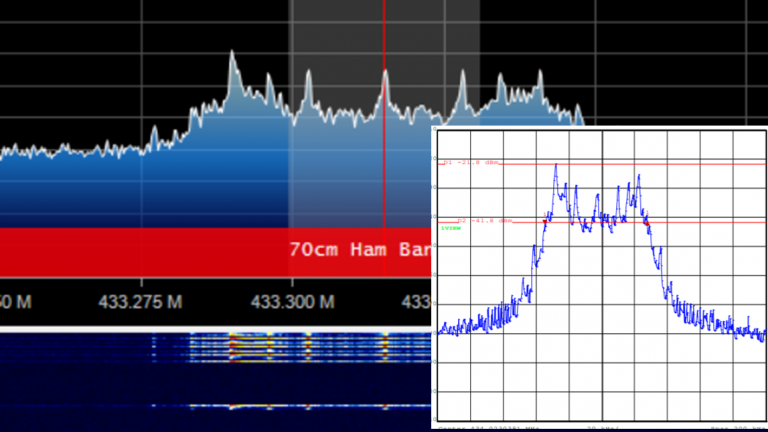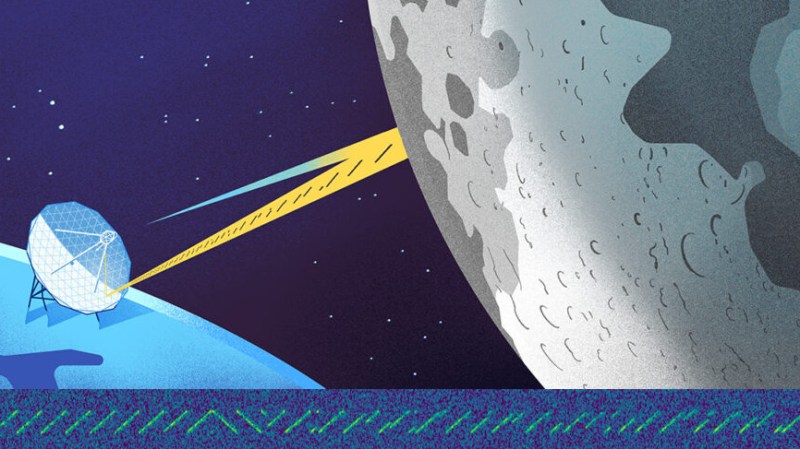For all the press WiFi and Bluetooth-connected Internet of Things toasters get, there’s still a lot of fun to be had below one Gigahertz. For his Hackaday Prize entry, [Adam] is working on an open source, extensible 915 and 433 MHz radio designed for robotics, drones, weather balloons, and all the other fun projects that sub-Gigaherts radio enables.
The design of this radio module is based around the ADF7023 RF transceiver, a very capable and very cheap chip that transmits in the usual ISM bands. The rest of the circuit is an STM32 ARM Cortex M0+, with USB, UART, and …read more
 Continue reading Hackaday Prize Entry: Sub Gigahertz RF→
Continue reading Hackaday Prize Entry: Sub Gigahertz RF→

